3. Fraser of Lovat
Go to next point of interest >
The first resident of Boleskine House, and in fact the personality responsible for the commissioning the building as a private residence is Archibald Campbell Fraser of Lovat. Fraser inherited the land from his half brother, Simon Fraser 12th Lord Lovat, who in turn earned back the lands from the British government after they were stripped from his family for the treasonous Jacobite dealings of his father, one Simon Fraser 11th Lord Lovat.
Nicknamed “the Fox” because he frequently played both sides during the rebellion, Simon Fraser was probably less supportive of any one side during the Jacobite rebellion, and more landing on whichever side that would benefit him at any one time. When he was in France, he was a Jacobite, and when he was in the company of his British comrades, he most certainly was a supporter of the royal cause. He was captured by the British while trying to escape to France after the Battle of Culloden and swiftly taken to the Tower of London, where he was beheaded for treason.
One entertaining story is told. On the day of his execution, which were very public events back then, the affair attracted an unprecedented number of spectators. Everyone wanted to see the infamous Jacobite rebel beheaded. But the viewing platform became so crowded, it collapsed killing several people and injuring many more. Entertained by this, Simon Fraser erupted into a frenzy of laughter, announcing “How sweet is it to die for your country?” He laughed his was to the grave, and thus our expression comes, “laughing your head off,” or so they say. How does this relate to Boleskine House? Well, it has been said that since that time, Simon Fraser’s head continues to laugh as it rolls up and down the corridors of its halls.
Archibald Fraser, the second son of Simon set up Boleskine House as his country retreat. He was a lover of arts and culture and even held a seat in Parliament for the Highlands during his life. He served as British consul in Tripoli and Algiers, and is known to have opposed the East India Act as well as the Dress Act, defending the rights of the Scottish to wear their traditional kilts, something that was outlawed after the Culloden affair.
Archibald outlived all of his sons, and so his closest relative Thomas Alexander Fraser of Strichen inherited the estate. In 1837, Archibald’s grandson, Archibald Thomas Frederick Fraser oversaw major refurbishments and extensions to Boleskine House and its estate, dumping a staggering £4,000 into it, nearly £600,000 by today’s standards.
Boleskine passed through the Fraser family until 1894 when it was sold to Katherine Burton who subsequently passed the house on to her daughter and well known artist Mary Rose Hill Burton. It is at this juncture that the most well-known owner of the house, Aleister Crowley enters the estate’s history. To hear about Crowley and his exploits at Boleskine House, please continue down to point 4 in front of the “oratory door.”
